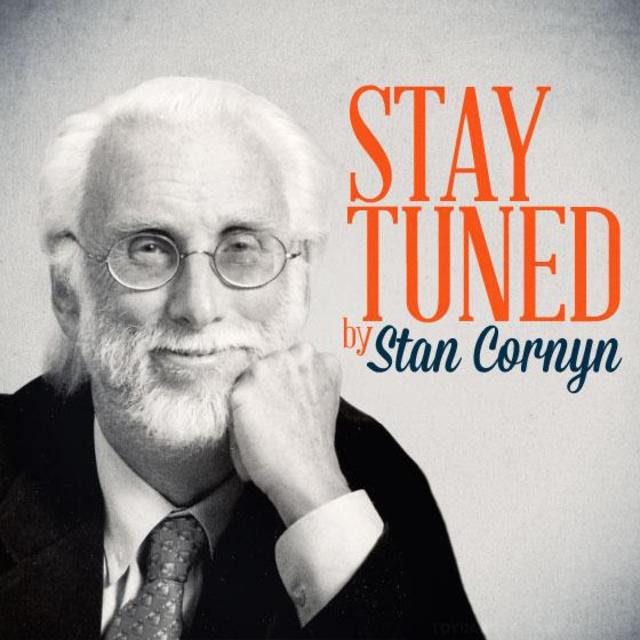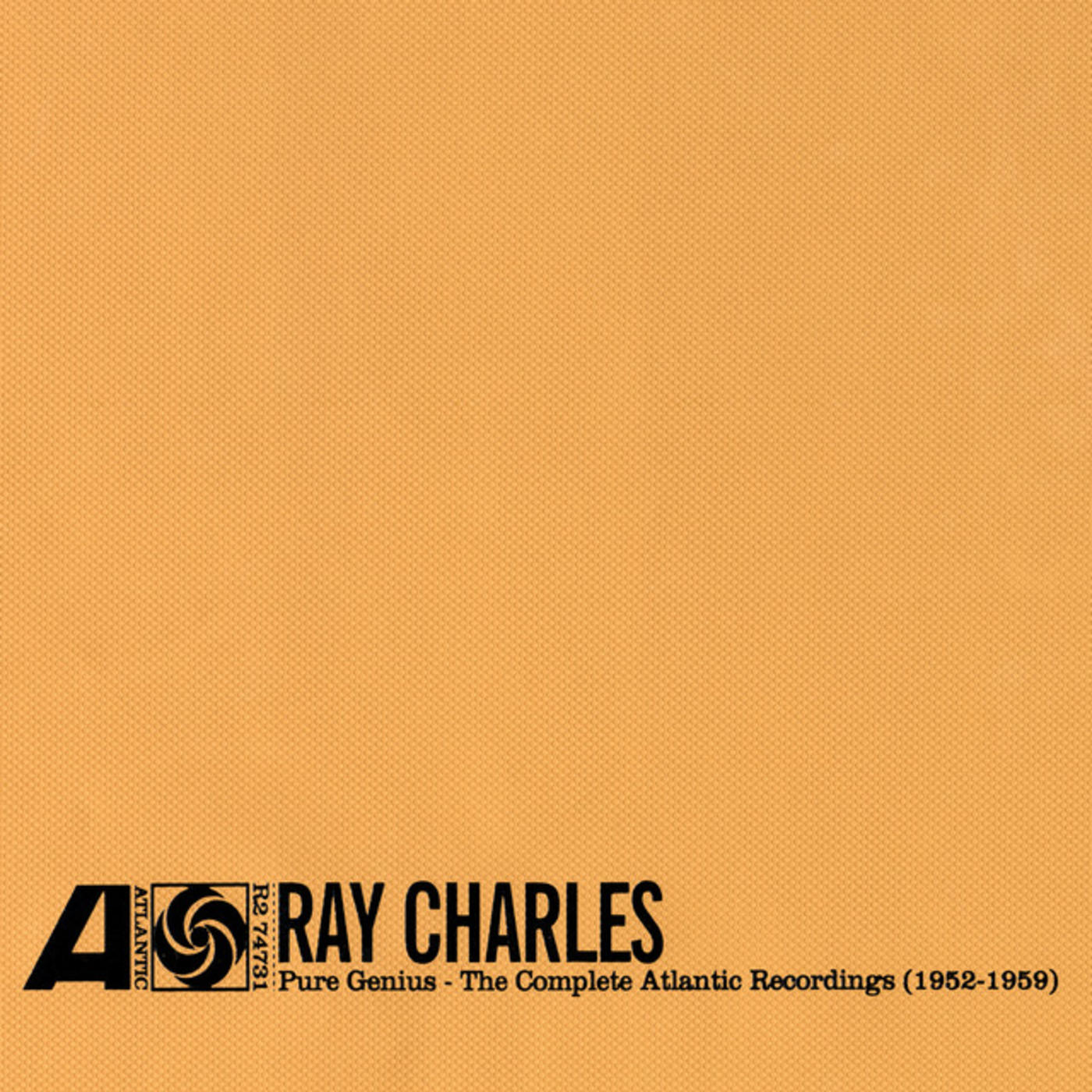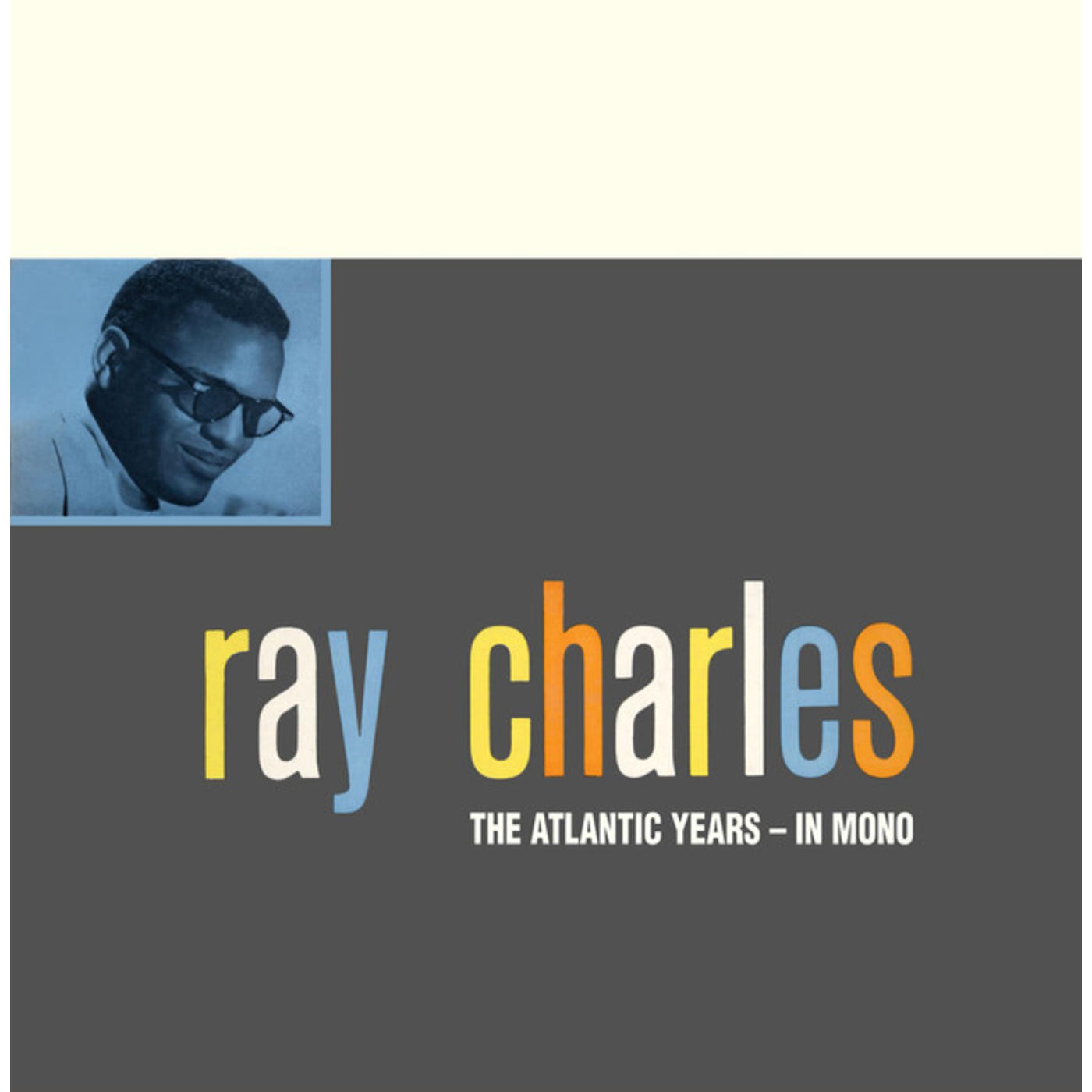Stay Tuned By Stan Cornyn: Ray Charles

Every Tuesday and Thursday, former Warner Bros. Records executive and industry insider Stan Cornyn ruminates on the past, present, and future of the music business.
Atlantic Records had few to no stars signed to its artist roster back in 1953. Good music makers, yeah, but none that the big record marketplace yearned for. Atlantic was just another one of those “indies,” with occasional sellers like Ruth Brown’s “Teardrops from My Eyes,” and Joe Turner’s “Chains of Love.”
And since one of Atlantic’s founders, Herb Abramson, had been inducted into the Army, Ahmet signed Billboard writer Jerry Wexler to help run the label.
Jerry moved right in, sat at Herb’s desk, went to work immediately, helping run the company.
And on his first day at work, Wexler learned about a recent signing on the label.
Signing Up with Ahmet
Late in 1952, Ahmet had bought out the contract that piano-man-singer Ray Charles had with an even smaller label, Swingtime. That buy-out had cost Atlantic $2500, and Ray became a music-maker with the Atlantic crew.
Ray was blind. He had been since he was six years old, and had put up with it, no complaining. He’d learned to play good piano, blind but two-handed. He’d fit in with bands. Back in his home base, Florida, he’d played with a country-western band. Then moved to Seattle, playing in small clubs, singing others’ hits, like “Cow-Cow Boogie” and “Pistol-Packin’ Mama.” Then to L.A., to the Swingtime label, then to New York for his new label, Atlantic.
He was playing at the Apollo Theatre, billed as “Ray Charles, Blind Pianist.”
In Ray’s words: “I was staying at the Braddock Hotel at 126th and Eighth Avenue in Harlem when Herb Abramson and Ahmet Ertegun came to see me about making records for them. Atlantic was a tiny label then. I can’t remember the terms, if there were any. I was just happy to have someone else interested in letting me record.
“The relationship with Atlantic Records proved to be one of the happiest in my life. They were people who understood me.”
On his first visit to Atlantic’s office, Ray Charles played the piano, and Ahmet answered right back: “Ray Charles! You’re home here. You are home, man. We’re gonna make some hits. We’re gonna make beautiful music, ‘cause you’re the greatest!”
Charles gave Ahmet a big hug.
At Atlantic, Ray Charles did anything and proved useful at them.
Ray had learned to turn gospel songs into pop songs, with new words but with the emotion of gospel. He knew what he wanted to record, and wanted no “producer” to tell him how. Unlike other Atlantic releases, this guy produced his own. He dictated his arrangements for “his” band to Hank Crawford, his pen pal at Atlantic. Ray Charles’ own band grew, with hot inputs by band members like Fathead Newman and Hog Cooper.
Ray got his own girls’ trio for the band, and adopted Atlantic artists the Cookies, renamed them the Raelettes, and they too were now part of Ray Charles’ band-on-the-road. The lead Raelette, Margie Hendricks, could sing blisters on your ears, spittin’-tough.
(At one recording session, when the Raelettes kept goofing on their parts, Ray finally told them just to “go home.” After they’d left, Ray sang all four parts, one at a time, in falsetto. The engineers made a tape of each one, then sync’d the four together, giving Ray his own, four-part harmony. Then added his lead part in his normal voice. Done.)
In clubs, Ray tested his new tunes before recording them. His styles were those of those days’ markets: jump blues, boogie-woogie, ballads like Nat “King” Cole sang.
Ray could do it all. Atlantic was juiced about him. Only one thing left to do: get his own style, and become the artist people would ask for in stores.
1953: Charles Finds His Style
A tune written by A. Nugetre (spell it backwards) started to make Charles’ voice memorable. It was “Mess Around.” The song was based on a New Orleans boogie piano riff (like “Cow Cow Blues”), but Ray made it his song, for his public.
Ahmet speaks about it: “Although Ray, I’m sure, knew about boogie woogie piano playing, he had not at that time heard of Cow Cow Davenport, one of the pioneers of that style. So in explaining ‘Mess Around,’ I was trying to put across to Ray the very precise phrasing of Cow Cow Davenport, when he suddenly started to play the most incredible style of that playing I’ve ever heard. It was like witnessing Jung’s theory of the collective unconscious in action – as if this great artist had somehow plugged in and become a channel for a whole culture that just came pouring through him.”
At the recording session, Charles played piano, and Ahmet can be heard singing the song in his flat, wavering voice. Charles added his words, like –
See the girl with the diamond ring
She knows how to shake that thing…
It was a hit, if a minor one. But the start to “Starring Ray Charles” was out on the market.
Or as Ahmet later put it: “Whereas we thought we were producing Ray Charles, I realized by the third session that he was not only teaching me about music but also showing me how to make records.”
Sessions got more serious, and brought more singles to Charles buyers:
In 1954: “It Should’ve Been Me” and “Don’t You Know.” Then “Sinner’s Prayer” and “Midnight Hour.” By now, 38 sides by Ray Charles had been recorded, but his distinctive voice style had not yet arrived.
That would show up when Ray’s first huge hit came in 1955 –
1955: “I Got a Woman”
Think of it as the beginning of Soul Music, breaking down the gulf between black records and white records.
While touring the South, lying in the backseat of a car rolling through Tennessee and Kentucky and Indiana, on the radio Charles heard a gospel song called “Jesus Is All the World to Me.” Ray sang his version along while his trumpet player, Renard Richard, wrote down the new words Charles sang.
Upon reaching Atlanta, Ray called Ahmet and Wexler up in New York, asking if they’d come down to the Royal Peacock Club in the black section of the city (186 Auburn Avenue).
Ertegun and Wexler flew in. That afternoon, on foot from their hotel, scooting to the Club, the blind Charles led the way, moving faster than the New Yorkers were used to moving.
When Ahmet and Jerry arrived, the Royal Peacock was empty, but Ray’s seven-man band was waiting onstage. Charles was already at the piano. Charles counted off “I Got a Woman,” and the band tore into it. That day, “Woman” led a series of what Wexler recalled as “an amazing succession of songs.”
They recorded it on Nov. 18, 1954, at Georgia Tech’s radio station.
In December, it became Ray Charles’ first #1 R&B hit. Or as Atlantic knew, it was “Ray’s breakthrough smash at last.”
I got a woman, way over town
She's good to me, oh yeah
Said I got a woman, way over town
She's good to me, oh yeah
Well, she's my baby, don't you understand
Yeah, I'm her lovin' man, now
I got a woman, way over town
She's good to me, oh yeah
Hits with the Ray Charles sound followed: “This Little Girl of Mine,” “Drown in My Own Tears,” “Lonely Avenue,” “A Fool for You” “Hallelujah, I Love Her So,” “The Night Time (Is the Right Time)”…
Ray recalled in his memoir: “Little by little, beginning around 1956, I saw that my music had appeal beyond my own people. I saw it breaking through to other markets, and now and then there’d be a date in a city auditorium where whites would come along with blacks. It probably took me longer to digest this gradual change than it would have taken someone else. I couldn’t see the increasing number of white faces.”
Albums by “The Genius”
With his market enlarged, Ray’s label started his album sales in albums. The LP was now selling more profitably than singles, of course. And Atlantic had found a good name for Ray. They kept calling him “The Genius.”
Albums reaching back to his instrumental jazz days came out: The Great Ray Charles (with Milt Jackson).
Then, The Genius of Ray Charles.
The Soul Brothers in 1958. And in that year, his first live album: The Newport Jazz Festival.
1959: “What’d I Say”
Ray Charles’ final year at Atlantic began with his biggest hit.
On the evening of Feb. 19, 1959, Ray Charles cut a record that ran seven and a half minutes. “What’d I Say” begins with Charles playing a riff on electric piano, and it was irresistibly fast and raunchy. After a minute and a half, Ray starts singing lines, including one from “Mess Around” about the girl with the diamond ring who really knew how to shake that thing.
Then four minutes in, Charles stops and a crowd starts yelling in protest. They want him to keep going. Charles starts moaning sexually, and grunts with his girl back up singers. It gets sexier and sexier, ‘til Ray starts screaming, the band rocking, the girls moaning, more calls to “Shake that thing,” then all agreeing that “Don’t it make you feel all right!”
Atlantic’s engineer Tom Dowd cut it down to two sides of a 45, “What’d I Say Parts I & II.” It sold a million.
Finally, for Ray, a gold record.
And for listeners in their teens and twenties, the most seductive record…maybe ever.
And Then, It’s Over
Money poured in to Atlantic from the sales of “What’d I Say.” More than ever before. A million dollars in one month alone.
With Ray Charles’ contract at Atlantic expiring, that big hit would mean a costlier renewal deal for Atlantic. Ahmet and Wexler flew into the Midwest twice with a contract for him to sign, but Charles avoided them.
Unknown to Atlantic, ABC-Paramount Records, a very new and white label had zero’d in on Ray and his agents. (It was a mainstream label that rep’d stars like Frankie Avalon, Paul Anka, Fabian, and even TV star George Hamilton IV with his hit, “A Rose and a Baby Ruth.”
With ABC Paramount, Charles’ team had gotten a new deal unprecedented in the business: Charles would get $.75 on each dollar of sales after recording costs got recouped. And he’d get a guarantee of $50,000 per year for three years. And he’d even get his masters back after the contract’s end.
The deal was unprecedented, and Charles signed his “X” on it.
Ahmet never got over losing Ray. He just told it this way: “Afterwards when there were explanations of how it happened, even though I knew it wasn’t so. I never said anything ‘cause it didn’t matter. The fact is we lost him.”
In 1959, Charles recorded “I’m Movin’ On” for Atlantic. Ray would not return to the label … until 1977.
-- Stay Tuned


